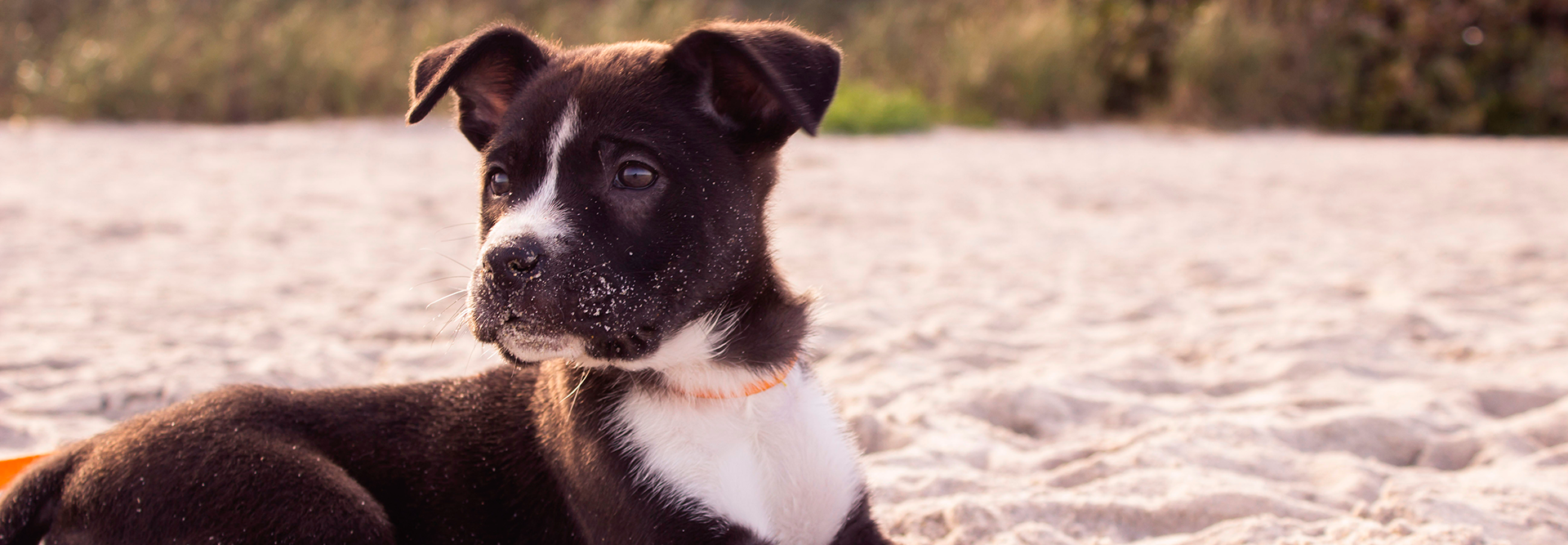
One of the hottest topics within the pet community today centers on raising the perfect puppy. Responsible puppy owners are aware that their fur baby’s puppyhood is a critical time. If you only dote on your puppy, you might end up with a disobedient dog in the long run. So, what can you do now […]
One of the hottest topics within the pet community today centers on raising the perfect puppy. Responsible puppy owners are aware that their fur baby’s puppyhood is a critical time. If you only dote on your puppy, you might end up with a disobedient dog in the long run. So, what can you do now to raise the perfect puppy?
Whether you just brought home a Miniature Schnauzer, Mini Poodle, or Maltese Yorkie mix, the steps for how to train your puppy will be the same.
From one of the most ethical pet stores in Miami Florida, Petland Florida welcomes you to our blog!
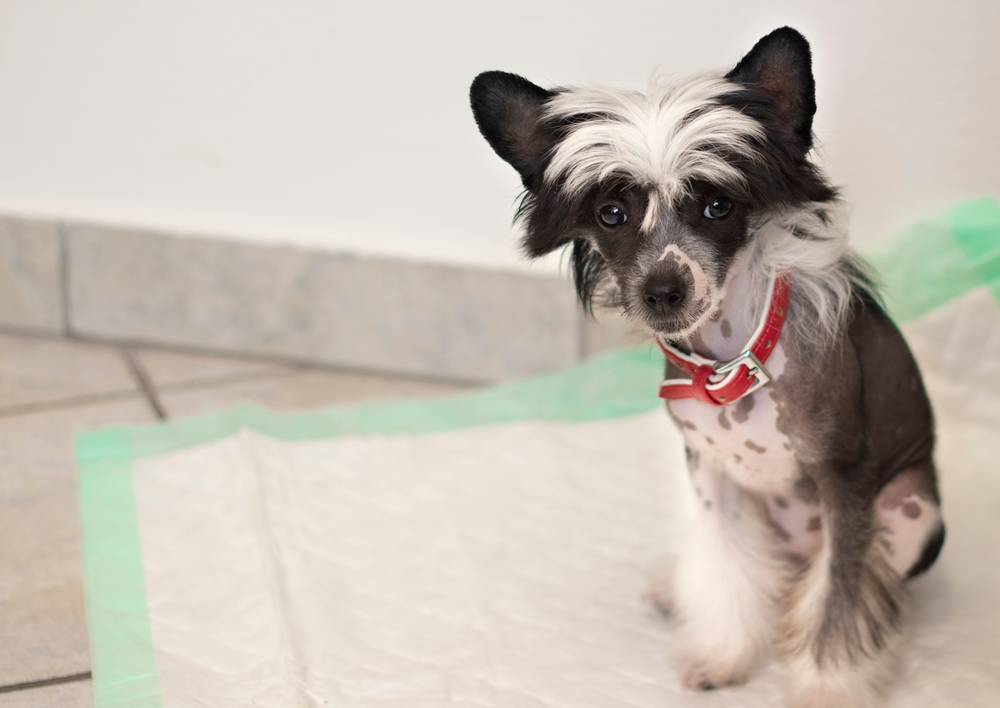
Keeping a puppy on a consistent schedule is the key to successful housebreaking. Plus, in the long run, dogs love routine. If you’re considering getting a puppy, you’ll need to ask yourself this. Can you commit to remaining consistent with your daily schedule? And keeping diligent when potty training your puppy. New puppy parents who stay regimented with their puppies in this regard end up enjoying the company of obedient, well-trained dogs for life. On the other hand, those who skimp on consistency often wind up with puppy pee in the house and puppies that turn into unruly dogs.
“Positive reinforcement” means rewarding your puppy when he behaves in the manner you want. This could be when he completes a command, such as sitting, staying, coming, or lying down. Or when he succeeds at long-term or complex commands, such as refraining from barking while a jogger runs down the sidewalk.
From your puppy’s perspective, the best reward is food. Canines are primal and highly value food. When a treat is gained as a result of doing any action, the puppy will repeat the action for the purposes of receiving more treats. Since your puppy views treats as “positive,” using treats to reinforce your desire for your puppy to display specific, good behaviors is called “positive reinforcement” in the dog training world.
Being aware of the power of positive reinforcement also helps new puppy parents to avoid accidentally “positively reinforcing” negative behavior that the parent actually does not want their puppy to continue.
For example, if you’re with your puppy in public and feeding him a few treats, and someone walks by and your puppy tries to nip the person’s shoe, and you continue to offer your puppy another treat because that’s what you’ve been doing, then your puppy will connect that nipping is good behavior.
Likewise, if your puppy begins barking non stop because he sees the mailman, and you pet him and offer him comfort to get him to “calm down,” he will connect that barking at the mailman is rewarded by affection, and he’ll continue this behavior.
For this reason, it’s important to only offer rewards like treats when your puppy has behaved well, and to withhold rewards like treats and even affection when your puppy misbehaves.
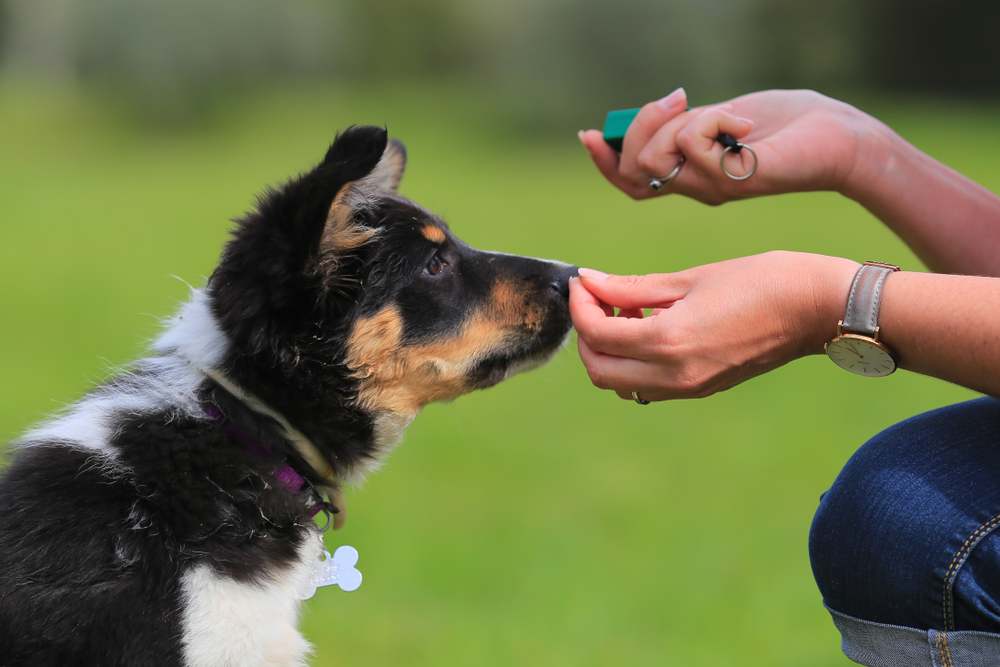
During the learning and training process, it’s important to only use positive reinforcement and never scold your puppy. This means rewarding your puppy when he does the right thing, obeys a command, and otherwise exhibits good behavior. If your puppy misbehaves in some way, a simple and stern “no” will do. You want your puppy to associate their bad behavior with the word “no,” but leave it at that. Never yell at your puppy or intimidate him, because this will cause long-term damage, and more bad behavior.
Positive reinforcement is definitely a cornerstone to raising the perfect puppy!
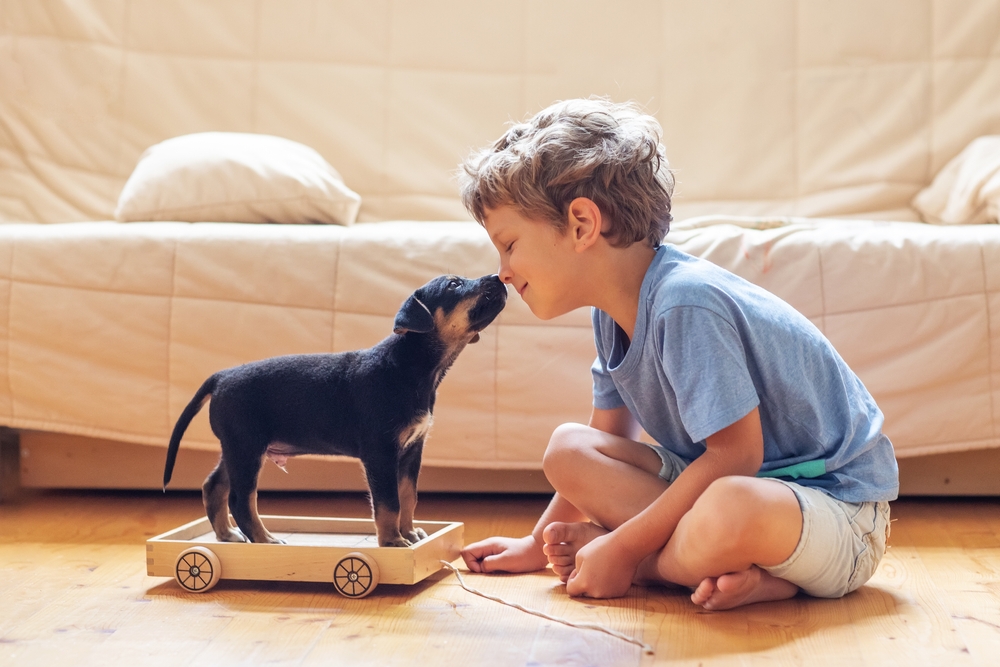
The moment you bring your new puppy home, you begin a journey together that has the potential to build mutual respect and trust. Dogs appreciate clear communication and fixed rules. When you are clear and consistent, your puppy will not only learn faster but will bond with you quicker and more deeply!
This means that every moment of training, housebreaking, and playing with your new puppy can be a bonding experience. By using positive reinforcements, which we covered, when your puppy behaves properly. And gently correcting him immediately when he gets out of line, your new furry friend will experience a brain-high of the bonding chemical, oxytocin! And so will you!
If you have a new puppy, one of your first tasks will be properly socializing them. This is of course after they are fully vaccinated, but it should be done as soon as possible.
The benefits of properly socializing your puppy are many. A properly socialized dog will be friendlier to strangers, will not embarrass you by barking excessively and is less likely to be a liability since it will not be prone to biting. There are many more benefits to socializing, but these are some pretty important ones. So, just how do you go about making your dog social? It is a lot easier than you might think.
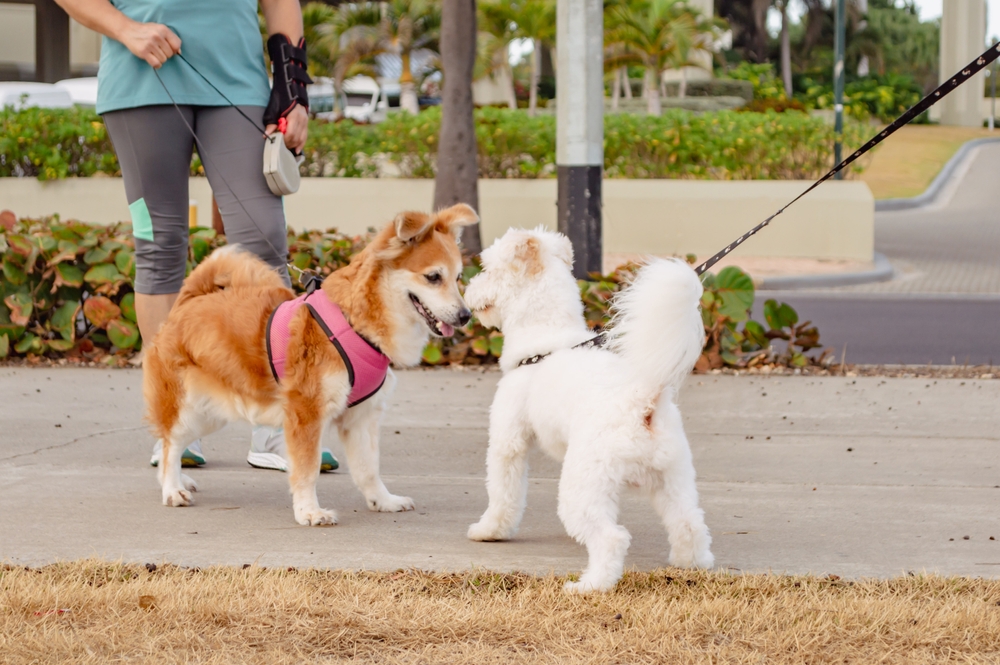
Puppy socialization goes far beyond your puppy learning from you, however. Proper socialization will expose your puppy to other people, strangers, children, and other dogs, puppies, and animals, both domestic and wild, like the squirrels in the park. Socialization will also expose your puppy to new settings and environments, which provide your puppy with brand-new experiences, sounds, smells, and “rules.”
Your puppy is ready to start socializing at the dog park when he’s learned basic commands and you trust him to heed your commands. This is very important. If your puppy hasn’t shown that he’ll listen and obey when you tell him to “stay,” “sit,” “drop it,” and “leave it,” then you could have major problems controlling him at the dog park. That being said, you can still bring him to the park to socialize at this stage, just don’t take him off of his leash.
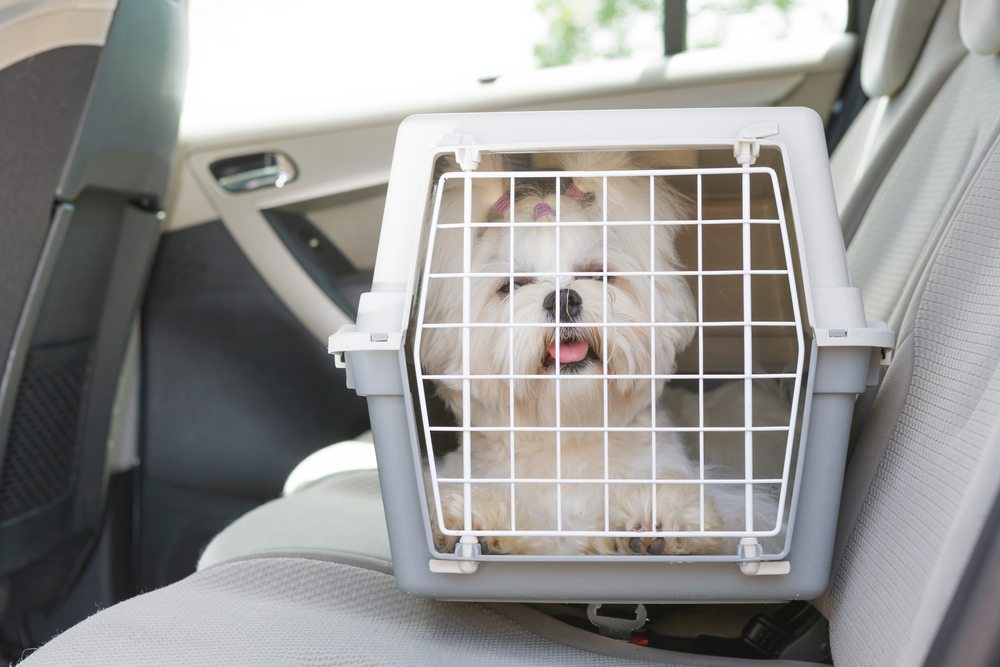
There are many scenarios in a dog’s life when he will need to travel in a car. Going to the vet, going to the groomers, and even going to the park are all reasons to climb in a car. You can make the experience far better for your dog in the long run if you help acclimate him to traveling in his pet carrier now.
Start small if your new puppy has never taken a car ride before. A 10 or 15-minute drive can provide you with a ton of insight as to how your puppy reacts to being on a drive. Now that we offered that suggestion, here are the logistics you’ll need in order to ensure that your drive, whether you go around the block or across the country, is safe for your puppy.
First and foremost, your puppy cannot roam freely within the car. When your puppy is grown and an adult sized dog, this will be a different story. Ideally, you’ll want to purchase a puppy car seat, puppy booster seat, puppy seat belt, and / or a hard-covered traveling crate that has plenty of ventilation.
Be mindful about where you place the crate and what direction it’s facing. Make sure your puppy will have access to fresh air from the vents or open windows if you’re traveling through warm climate areas, and it’s also important to make sure that the temperature is comfortable for your puppy. Not too hot and not too cool.
Raising the perfect puppy requires basic puppy training. Your puppy needs to know basic commands. Throughout the life of a dog, basic commands are the most frequently used during communication. Start now while your puppy is young and eager to learn!
Teaching your puppy to “sit,” “stay,” “lie down,” and other basic commands is the backbone of puppy training. Being able to communicate with your dog is a precursor to experiencing the joys of having a furry friend. Learning these basic commands has to happen during puppyhood since it’s difficult for adult dogs to change their habits. During the puppy training process, you can use positive reinforcements, which we touched upon.
They don’t call ‘em “fur babies” fur nothing! Puppies require a great deal of care just like human babies do. The top of the TLC list includes bathing your pup, brushing your pup’s teeth with doggie toothpaste, brushing his fur, cleaning the ears, trimming the nails, and checking his paws to make sure no debris is stuck between the pads. Tender loving care starts with at-home grooming, includes tons of snuggles, and really never ends, but that’s the good news! Your puppy will love bonding with you as you tend to his every need. Providing quality time, fun training sessions, and plenty of affection will ensure you are raising the perfect puppy.
One of the most important things to do while you’re in the process of raising the perfect puppy is to remain consistent. Never give in to your puppy! Remember, you are the leader, the master, and the rule-setter. You have house rules within your home. You have rules regarding when and where your puppy will eat his food. And you have rules about the furniture, and where your puppy can and cannot go within and around the home. The specifics of those “rules” can be anything you like. The point we would like to make here is that you must be consistent with the rules you create for your puppy.
Puppies actually like rules because their nature is to please their owner and receive love in return. When owners assume that their rules are “too hard” for their puppies, or that their rules “hurt” their puppies, things go haywire. Just because your puppy is begging for food with those huge, soulful eyes of his, doesn’t mean he wants you to cave. He’s actually testing you! He will respect and love you more if you remain firm in upholding the rules you’ve set!
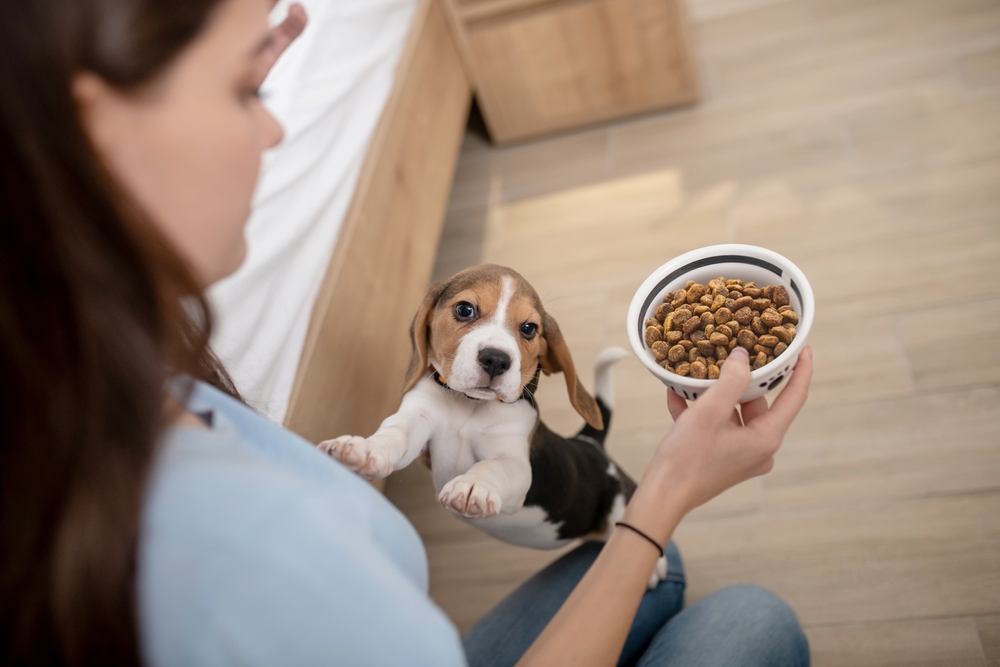
Apologies for the high-brow heading of this section. This section is all about making sure your puppy doesn’t get into the habit of “guarding” the wrong things. If you have children, please take this section to heart. All dogs are territorial of certain items that they regard as personal. These items are their food bowl, their toys, their bones, their beds, and there could be other items. Even the most gentle breed, like a Golden Retriever, will behave territorially if a child tries to move his food bowl during mealtime.
But this “territorial nature” can be greatly softened during puppyhood. If you do not want your dog to behave territorially, or worse, lash out at your children, then you need to insert your authority over your puppy’s “favorite things.” For example, during mealtime, command your puppy to stop and sit. Then pick up his bowl even though there’s still food in it. Make him wait a moment. Then set it back down and let him finish eating. By teaching your puppy that you have the right and authority to “touch and handle” his favorite things, he will be less likely to behave territorially.
We especially recommend this for new puppy parents who also have very small children. And, as you train your puppy to accept that things like his food bowl can and will be touched, you should also teach your children about the nature of dogs. Especially teach them how to respect the newest furry member of the family.
Our final tip about raising the perfect puppy is all about enjoying the process! Have faith! And remember that your puppy wants to please you! Puppies love learning. They’re eager to please their new owners and families. They have a natural instinct to become productive, valuable members of your household. Depending on the breed of your puppy, his unique personality will soon begin to shine. And you’ll see the natural talents, instincts, and “jobs” that your dog has a talent for performing!
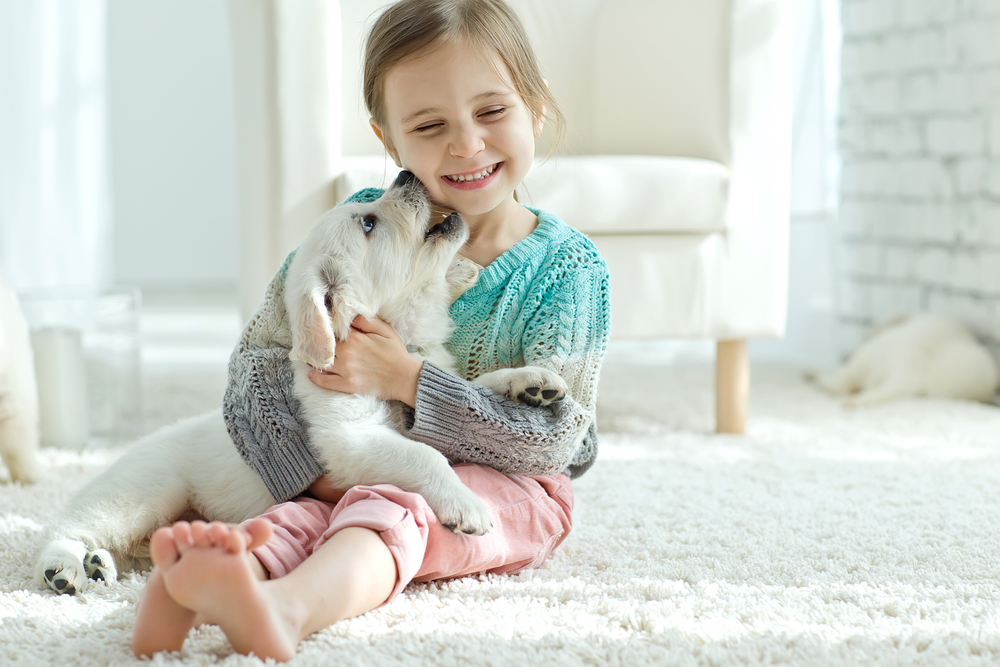
Now that you’ve learned the 10 steps to raising the perfect puppy, all you need to get started on your journey is a puppy! If you’re still in the dog breed research phase of your pet parenting endeavor, you don’t have to go it alone. Our animal welfare experts and knowledgeable pet counselors can meet with you one-on-one at Petland.
After finding out about your lifestyle, work schedule, and home life, we can recommend the best dog breeds to match your household. You can meet all of our cute dogs, and specifically the recommended breeds at our Miami Florida locations. These are located in Pembroke Pines, Davie, Kendall, Largo, and Naples.
We carry a wide variety of purebred puppies and hybrid puppies. Finding a puppy for sale near you is never hard with Petland Florida in state. All of our purebred puppies are American Kennel Club registered. And the breeders we work with use purebreds that have been American Kennel Club certified.
If you found this article about raising the perfect puppy helpful, subscribe to our blog! There’s a treasure trove of information you’ll find, covering everything from facts about Golden Retrievers to how to brush your puppy’s teeth! And another information resource we love is Modern Dog Magazine.
We hope to see you soon at Petland Florida where our available puppies are already eager to meet you and your family!